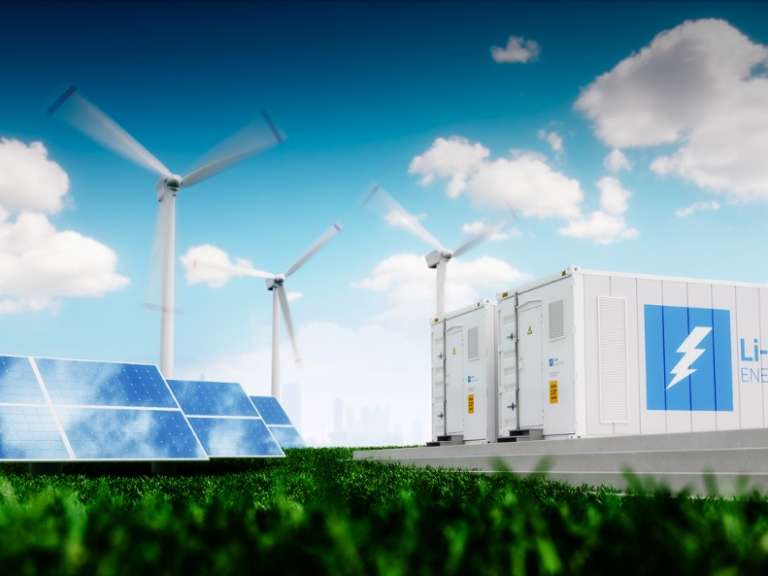There was a time when utilities might not have thought of those they served—residences, businesses, and industries—as customers. They were ratepayers, content if they could get reliable power at a reasonable price. But with the advent of the digital age—the "mobile generation," the on-demand economy, analytics and big data, and social media to track reputations—the role of the customer has changed. Now the customer oversees, manages, generates, consumes, and possibly even stores and balances the electrical load via distributed energy resources (DERs).
The grid has been disrupted due to this decentralized, decarbonized, and digitized energy network. As a plant manager or operator, the challenge for you is to adapt in a way that puts the customer—not your operations—at the center of the transformation.
Focus on Customers
For years, contented customers stuck with you no matter what changed or stayed the same. But now the needs of many of those customers are evolving, and they're searching for economically sound, environmentally friendly, flexible, and sustainable solutions. As technology costs drop, more customers are taking charge of generation through energy efficiency, rooftop solar panels, backup generators, battery storage units, and microgrids. The widespread power outages during the hyperactive 2017 hurricane season also prompted resiliency measures and accelerated microgrid growth. In fact, operational capacity of US microgrids is expected to rise from 1.54 GW in May 2016 to 3.71 GW by 2020, according to POWER.
The choice previously was to either generate enough electricity to meet demand or limit demand by conserving energy. Distributed energy resources offer a third option—to meet demand with less electricity transmitted on the grid during peak load times. That lets utilities postpone adding substations or making other upgrades.
But change always presents challenges. According to the World Economic Forum's 2017 report Future of Electricity: New Technologies Transforming the Grid Edge, utilities still see electricity as a commodity. The current regulatory regime hinders the system from attaining full value from distributed energy resources. Uncertainty keeps key stakeholders from deploying infrastructure that could complement the grid. And some segments are simply fighting any change in customer and utility roles and business models.
That would be a mistake—because in today's world, it's the customer's experience that counts. And it's not just what customers are experiencing through other customers in the energy industry, but also through Google and Amazon and the digital heavy hitters. Customers will no longer be happy with reliability alone; now they'll want the best personal service and value regardless of who's providing the electricity.
That may require an attitude adjustment for utilities that were satisfied to be suppliers of a commodity product. That's not enough when customers are looking for innovative solutions and services and a partner to provide them. Almost all those solutions eventually connect back to the grid, however, so being the incumbent should give you an advantage. Still, you must be prepared to help customers monitor, manage, or generate energy through new devices, or you'll lose an opportunity when they turn to other suppliers.
Customize at Scale
But really, this should sound somewhat familiar. Utilities have long provided varied offerings for commercial customers, whether for small retailers or industrial concerns with their own power plants. These customized offerings grow more sophisticated as the customer and technology does, and even include purchasing surplus power that customers generate.
What's needed now is the same kind of tailored approach at scale, which will provide value to customers and drive loyalty. By implementing strategies to accommodate and integrate a growing supply of electricity from distributed energy resources, utilities may not only better accommodate peak demand but also gain new sources of revenue.
Bain & Company's report How Utilities Can Make the Most of Distributed Energy Resources provides guidelines for getting started. First, determine where and how you can create value, both for the grid and for your customers. That will require deciding how you will integrate DERs and then updating internal processes and operations as needed. You also need to figure out how to pay DER owners who give power back to the system. Begin with smaller pilot programs that regulators support. Decide what metrics you'll use to determine DER impact and success.
Jeff Adams, writing for Greentech Media, says, "I see utilities around the world adopting service models that convince regulators of increased efficiency, reduce costs for both the utility and consumer, take consumer usage habits into account, and use data to deliver value to people that extends far beyond the energy commodity."
You can follow in the steps of utilities leading the way to incorporate distributed energy resources and offer solutions for flexible, sustainable energy at predictable and lower prices to your customers. But whatever business model you choose, measure its success on how it contributes to your customer's experience.
